The heady scent of sage and rosemary wafted in the warm Avignon air as I made my way through the old city walls. Think playful light, sweet landscapes and fields of lavender and the French fabulousness of Provence comes into sharp focus. Encased by towering stone ramparts, medieval Avignon rises grandly from the banks of the Rhone River, a setting is as colourful as its history, with images straight out of a Gothic painting.
Within the old city, a warren of ancient lantern-lit lanes, suffused with golden sunlight, spiral out from the busy central avenue. This former papal enclave has long attracted artists and painters as well as those in search of cultural diversion. The assortment of art and history museums that will keep inquiring minds enthralled for days.
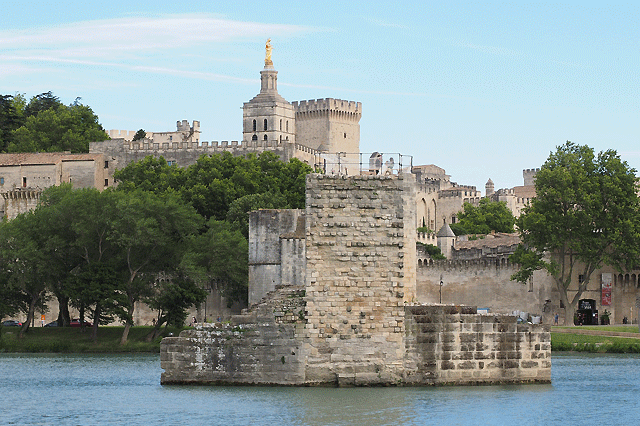
I prefer to visit Avignon in the shoulder seasons, because high summer sees the crowds of humanity swell to Venetian-visitor proportions. In high summer the main streets and squares throb with visitors. But at any time of year, it’s very easy to wander away from the throng to find empty backstreets lined with Renaissance mansions, and the secluded courtyards and secret gardens that make Avignon so enchanting.
Avignon’s turn as the papal seat of power has bestowed the city with a trove of stirring art and architecture, none grander than the massive medieval fortress and papal palace, the Palais des Papes. (Popes Palace.) It is hard to comprehend the scale of the 14th-century Papal Palace until you see it in the flesh – you could fit gothic cathedrals inside it. Claimed to be the world’s biggest gothic edifice, for several decades in the 14th century it was the capital of Christendom, after Pope Clement V moved his court here to avoid the chaos in Rome.
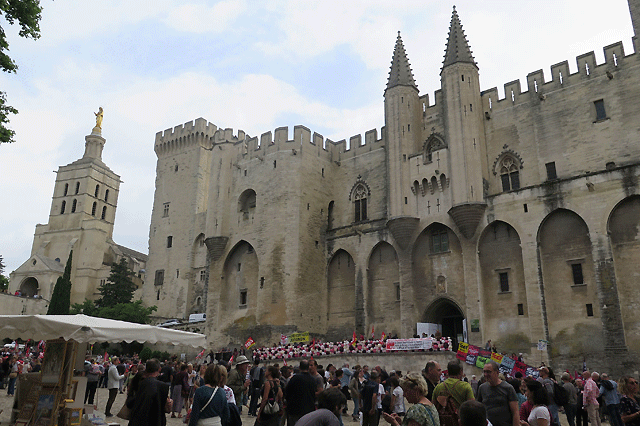
The purpose-built papal pad is a combination of two distinct structures – the austere ‘Old Palace’ (1334-42) and the extravagantly Gothic ‘New Palace’ (1342-52). Those breakaway popes certainly weren’t short of a franc or two. The palace is a warren of serpentine corridors, imposing stone halls and apartments frescoed with hunting and fishing scenes. It is undeniably impressive, particularly from the outside, with its towers, spires, crenellations and slit windows. But scoping out the austere interior can feel underwhelming – even tedious.
Particularly if you’ve previously trawled through the Vatican Museum with your mouth wide open. The opulent trappings of papal power were stripped out long ago, mostly during the French Revolution, so the rooms are bare. The two rooms that arouse the most interest are the papal bedroom and banquet hall.
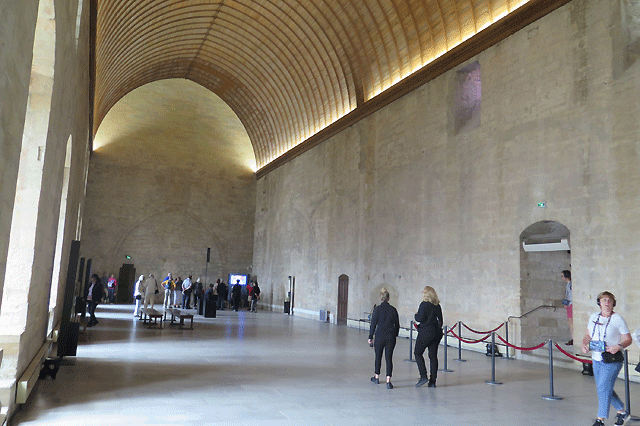
The Pope’s Bedchamber and its dark-blue walls whirl with dusky red frescoes of birds and grapevines, while the food hall, known as the Grand Tinel, is where the pope’s banquets were held with the pope sitting on a raised platform. As you do. The hall is half the length of a football field and was previously swathed in frescoes. A fire destroyed some of them, while 19th soldiers looted the rest.
With outstretched arms protecting the city, a golden statue of the Virgin Mary stands on the dome of the Romanesque Cathedral, Notre Dame des Doms. Inside the small but richly decorated cathedral are works of art, including a 14th-century mausoleum of Pope John XXII. Opposite Palais des Papes, the building dripping with oversized carvings of fruit and heraldic beasts is the former 17th-century mint, Hôtel des Monnaies. Ramps from the Palais des Papes lead up past the cathedral to the Rocher des Doms, the site of Avignon’s earliest settlement.
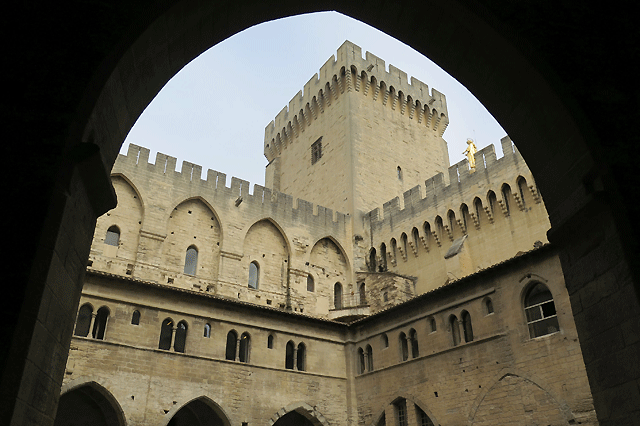
The rocky area was landscaped into a pleasant plateau with an artificial rock garden in the 18th century, which still remains a great refuge from the hot afternoon sun. Follow the signposts to Verger d’Urbain gardens, where Avignon’s popes grew sweet-smelling plants and herbs and even kept exotic animals in cages. In the dappled shade of the gardens of the Rocher des Doms, while I soaked up the far-reaching views of limestone-topped Mont Ventoux – Provence’s highest peak.
It’s the perfect picnic spot, so before setting off for the gardens, swing by the bustling outlets of Les Halles Food Market, for a basket-load of goodies. Clad in a giant living wall, Les Halles heaves with temptation. Local specialties like olive oil, tapenade, local wines, pungent cheeses and drool-worthy pastries…all bases are covered.
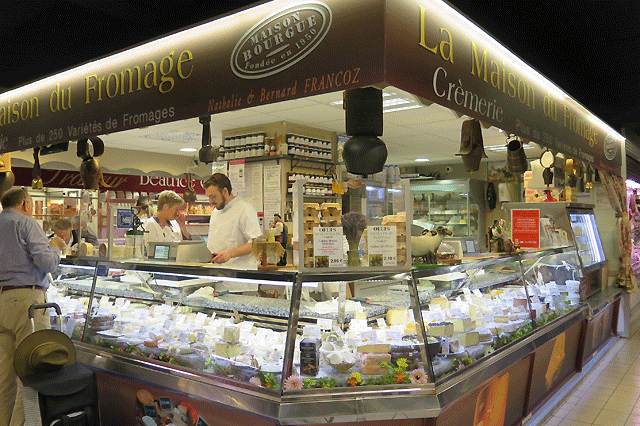
Encircling the city, Avignon’s ramparts were built between 1359 and 1370, designed to keep Europe’s most important city, at the time, free of invaders and the plague. They were restored during the 19th century, minus their original moats, and offer up a great walking route to size up the sights. They run unbroken for 4.5km and continue to serve as a great protector for Avignon, a trusty barrier when the Rhone is in flood and breaks its banks. But the city’s most famous landmark is the fabled bridge across the Rhone, Pont St-Benezet, which was completed in 1185. (It’s known to countless French kids as the Pont d’Avignon from the chirpy French nursery rhyme.)
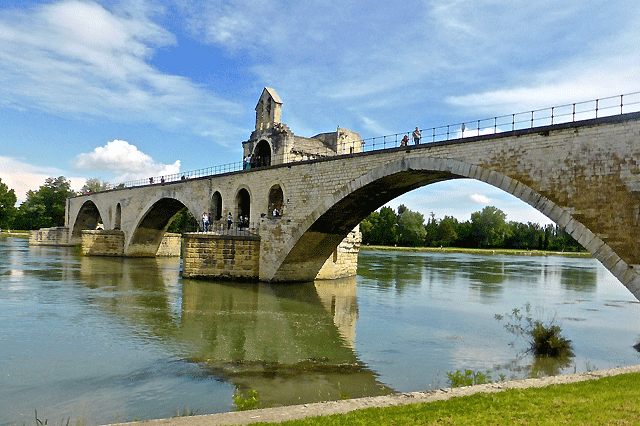
According to legend a local shepherd boy, Benezet, had three saintly visions urging him to build a bridge across the Rhone. When his appeals to the town authorities proved fruitless, he picked up a vast block of stone and hurled it into the river, to be the bridge’s foundation stone. Convinced by this demonstration of divine will, the bridge was swiftly built. The shepherd boy was canonised and his chapel remains on the surviving portion of the bridge.
The 900m-long wooden structure required regular running repairs, before most of its 22 arches were washed away in a catastrophic flood in the 17th century. Only four remain standing today on this narrow, cobbled ruin.
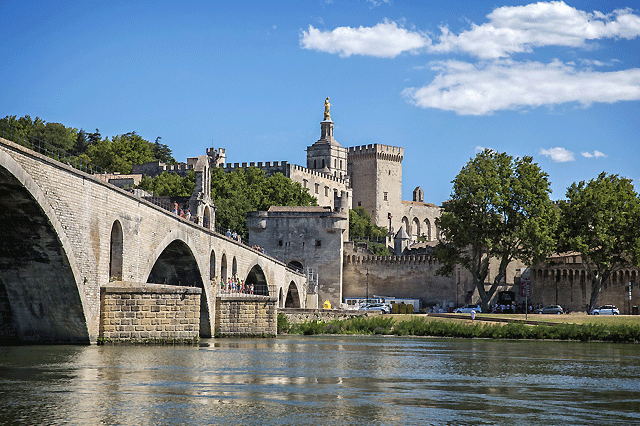
If you fancy boning up on some local cooking tips, head to Hotel La Mirande, which was once the palatial home of a 14th century cardinal. Michelin-starred chefs from across Provence leading the classes, teaching you how to whip up innovative regional dishes like strawberry salad and stuffed guinea fowl. Don’t miss checking out the secret passageway that leads from the hotel’s basement into Palais des Papes.
Place de l’Horloge is Avignon’s main square, a neoclassical delight complete with opera house, city hall and al fresco cafes spanning the length of the square. A quintessential French carousel takes pride of place in the centre of the square. It’s the perfect spot to linger over a café au lait. Street art and wall murals are a universal love affair, but in Avignon, it’s all about giant optical illusions, or trompe-l’oeil frescoes. Scattered around the old town, gracing the sides of buildings, there’s over fifty of these mighty artworks to stake out.
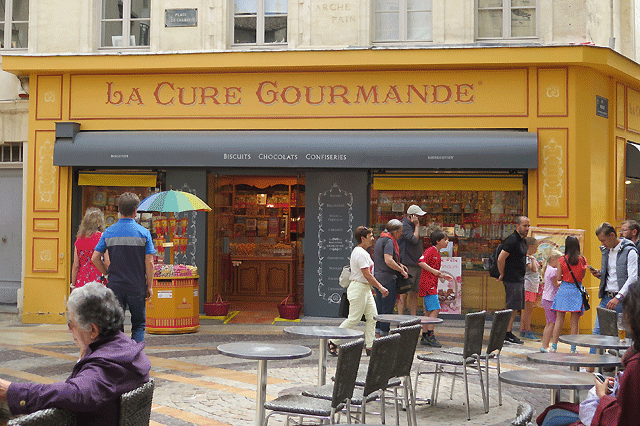
Just 12km to the north of Avignon looms the village of Chateauneuf-du-Pape. A ruined medieval castle, crowning the village, was built in the 14th century for Pope John XXII, before later passing to the archbishop of Avignon, after the popes departed. The landscape surrounding the pint-sized village is wreathed in vineyards, rising from beds of caramel-coloured pebbles. Châteauneuf-du-Pape still produces acclaimed robust red wines, with blends dominated by grenache. Sante!
I savoured Avignon on a CroisiEurope river cruise of the Rhone. This French family-owned company offers truly all-inclusive quality cruises at refreshingly reasonable prices. For full details, head to www.croisieurope.co.nz
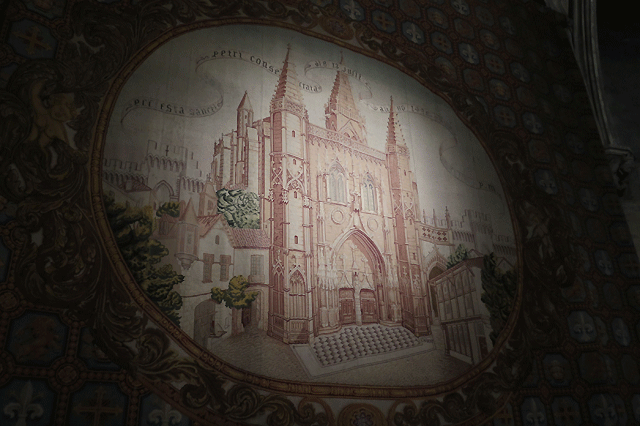
Check that you are covered in Europe by your travel insurance. Travel is all about being spontaneous and giving-it-a-go, trying things on holiday that you don’t normally do at home. From abseiling to zip-lining, or whether casual cycling, paragliding, skydiving, bungy jumping, white water rafting or glacier walking – Cover-More have your back. For a full list of the summer and winter activities covered, Cover-More’s 24 hour global assistance centre is just a phone call away. Call 0800 500 225 or visit https://www.covermore.co.nz

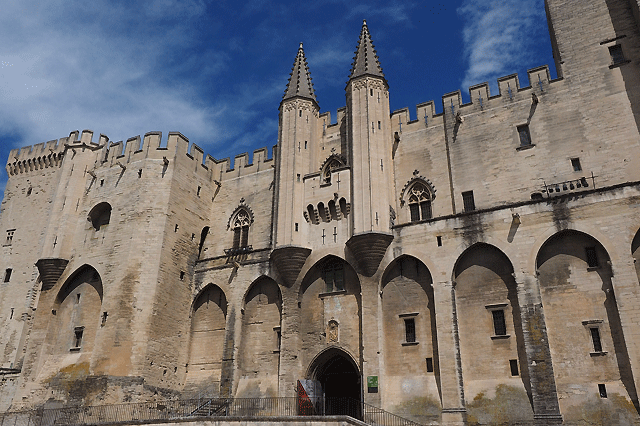
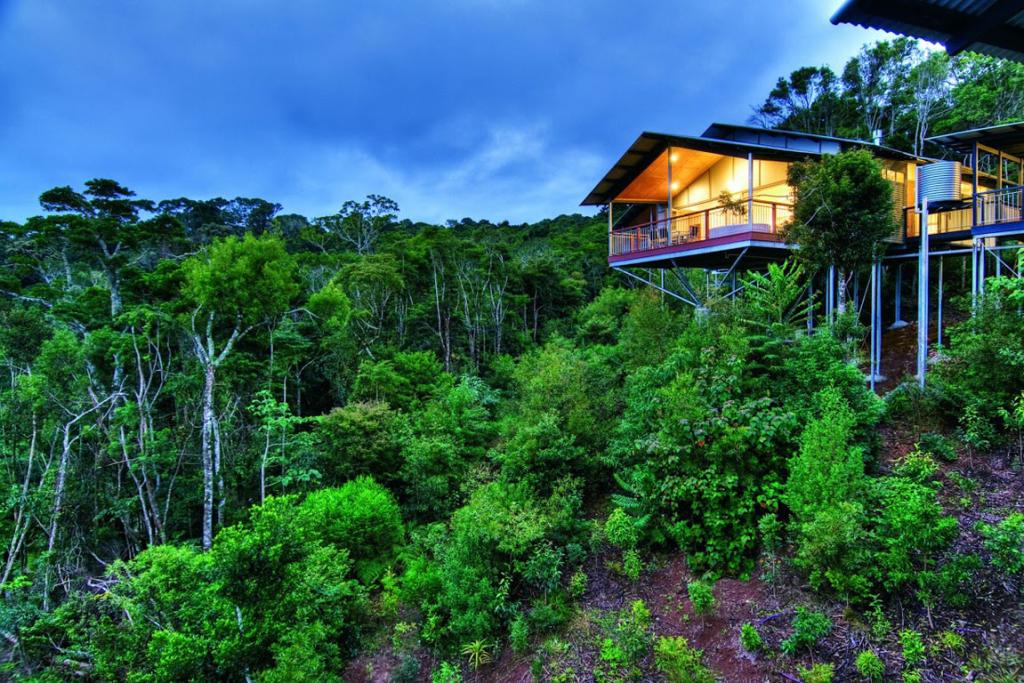

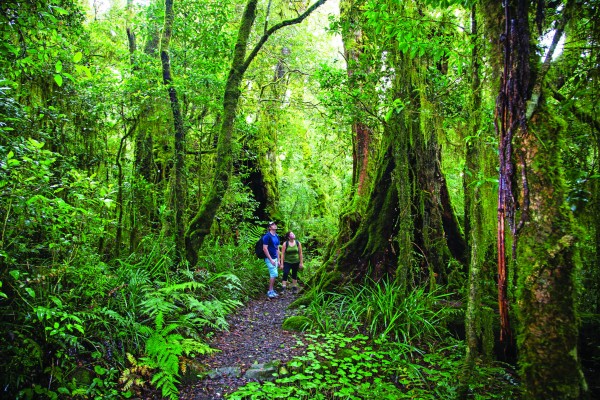
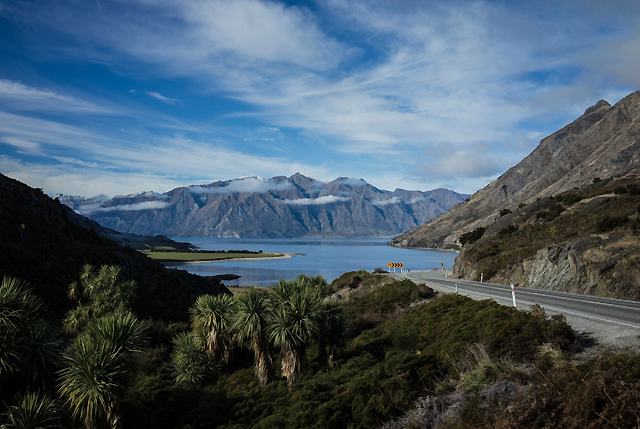

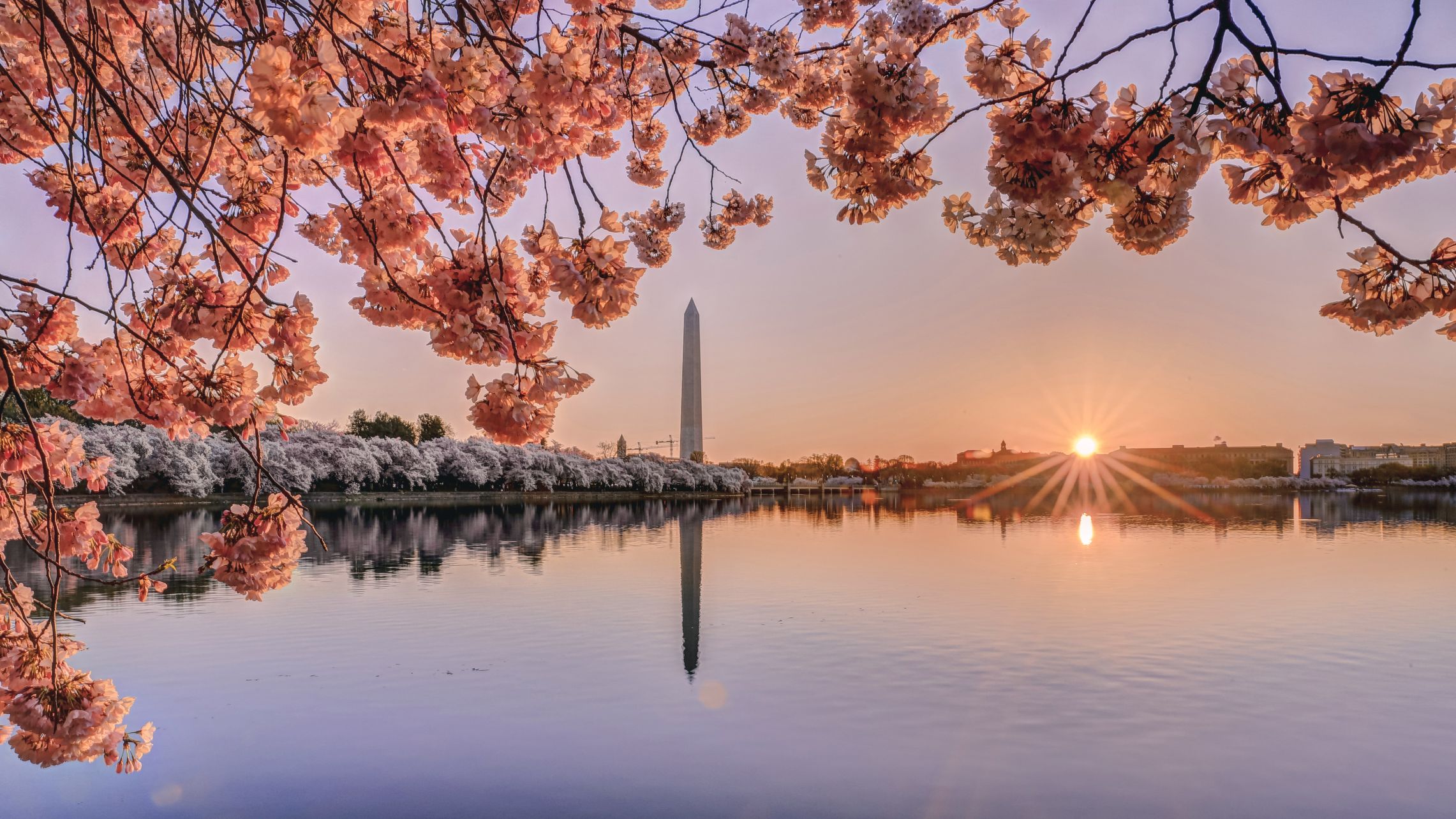
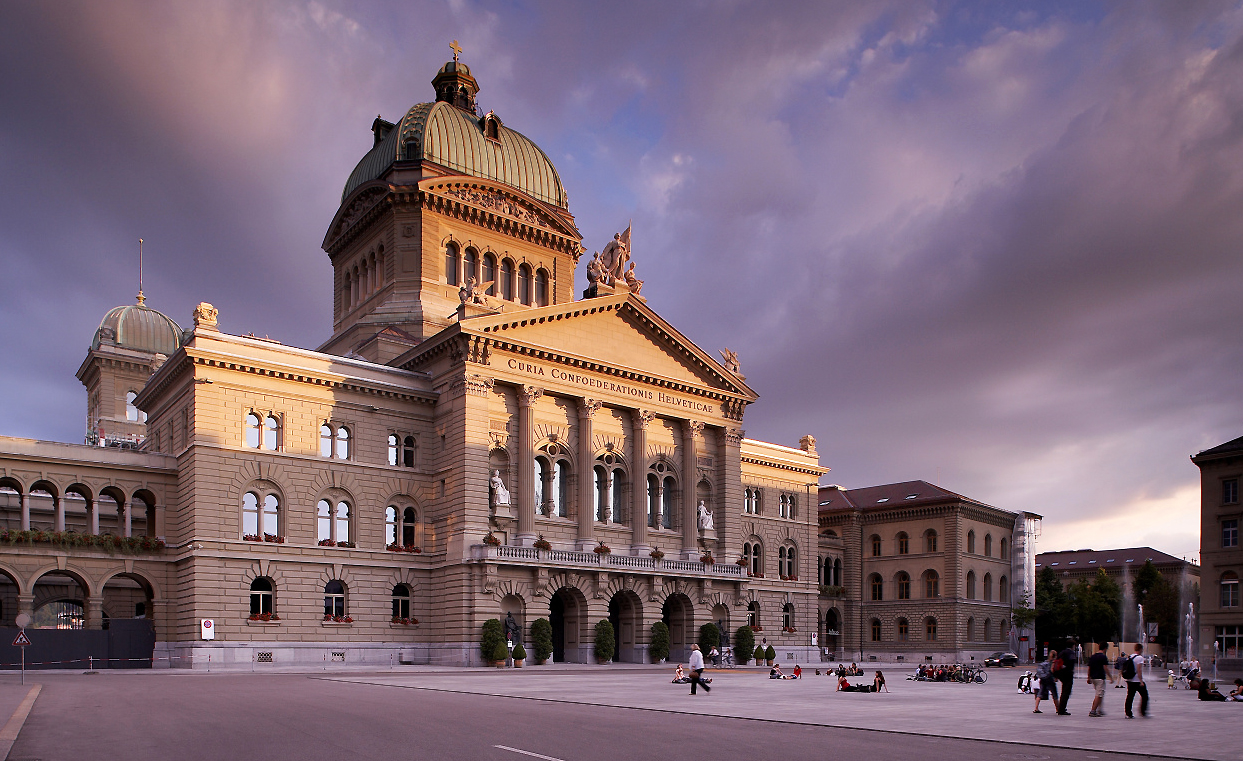
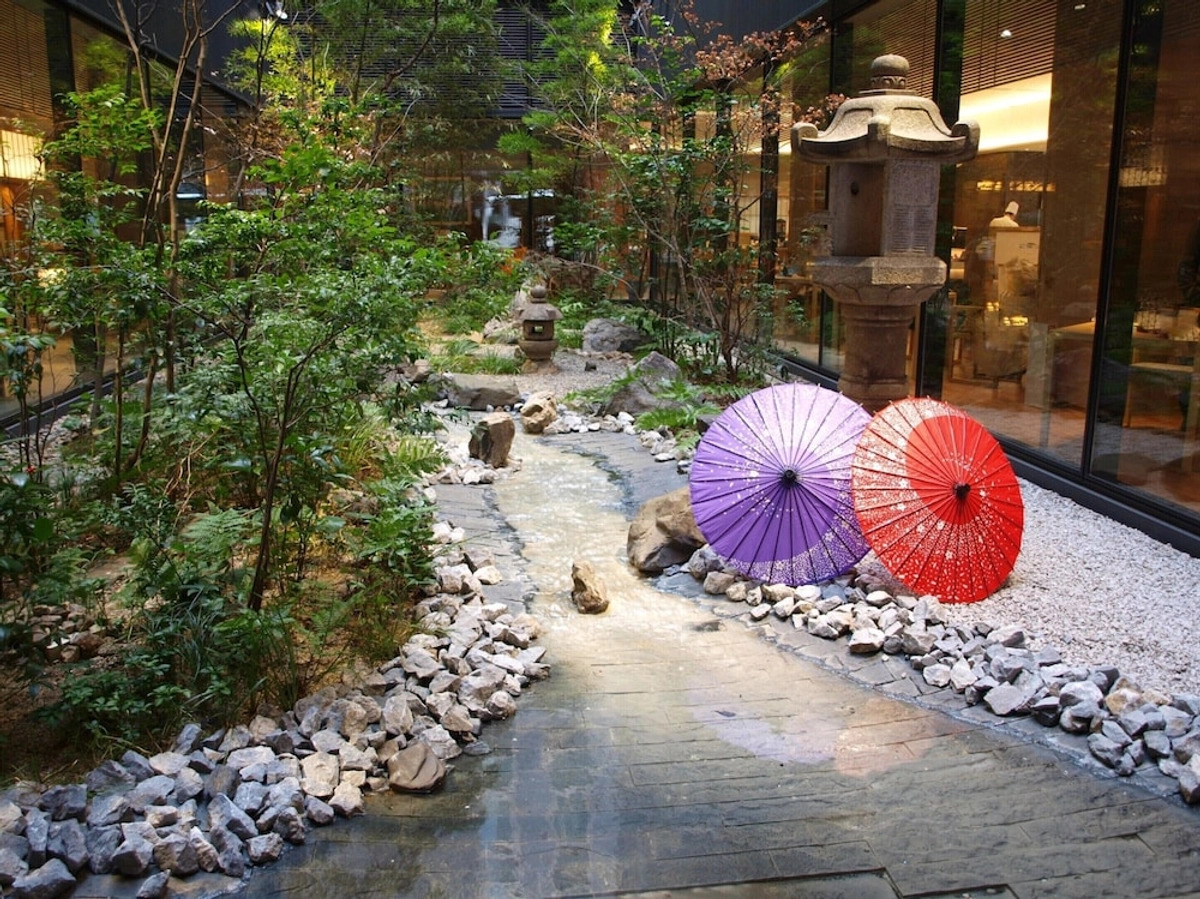


Recent Comments